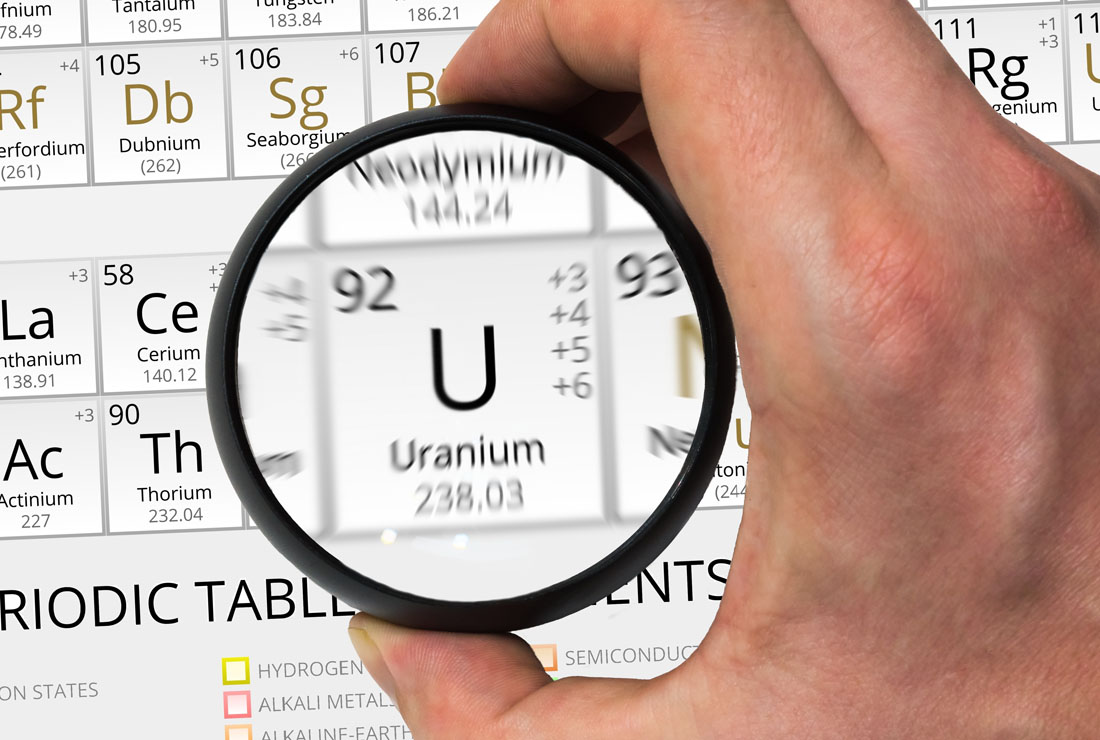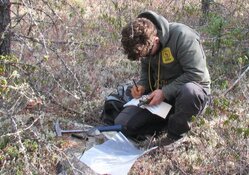Although the Kintyre mining project has been placed on Cameco's back burner pending the outcome of a feasibility study, the Saskatoon-based uranium giant announced late Thursday it had secured the support of the Martu, traditional owners for the development of the Kintyre uranium deposits in Australia's Western Desert region.
The Martu were granted native title to a 136,000-square kilometer area of the Western Desert region in September 2002, the largest native title determined in Australian history at the time.
Earlier this year Cameco completed a prefeasibility study on the 70/30 joint venture with Mitsubishi Development, which gave a measured and indicated resource estimate of about 55 million pounds of uranium.
The study was based on an open-pit mine with an estimated life of seven years with total production of about 40 million pounds of uranium at an average production rate of six million pounds annually. The pre-feasibility study indicated the project would require an average realized price of about US$67 per pound or 62 million pounds of production at spot price to break even.
Cameco CEO Tim Gitzel told analysts last July, "We need more price, or more pounds, or hopefully both" to develop the project.
He warned that Cameco was "not going to develop Kintyre at any cost. As you've seen throughout our history, we are a financially disciplined company and the project must make sense economically for us to go forward to it."
The company estimated that a Kintyre feasibility study would take 18 months to complete or sometime in early 2014. "Despite the challenging economics, we are proceeding to a feasibility study and have accelerated our exploration drilling to determine if we can increase our mineral resource base, which would improve project economics," said Cameco.
Meanwhile, Cameco announced on August 26 that it was undertaking a second major uranium deposit acquisition, Yeelirrie, also in Western Australia.
Thursday's agreement between the Western Desert Lands Aboriginal Corporation (WDLAC)-which holds native title rights and interest to Martu country, including the right to control access--supports the development of the Kintyre project. The mining development agreement was developed over three years and was ratified by Martu community members at a special general meeting in Sept. 26, 2012.
WDLAC Chairman Teddy Biljabu said, "Never before have Martu people been able to negotiate for such strong terms over the life of a project."
"The Kintyre Agreement opens the door to a range of business, employment, and cultural initiatives which ensure Martu have a strong stake in the future of the development," he added.
WDLAC Deputy Chairman Brian Sampson said rigorous heritage protections were a major focus of negotiations, with the Kintyre area home to several highly sensitive cultural sites. "Through strong negotiations, Martu have protected our cultural sights at Kintyre by identifying exclusion areas where no mining activity is permitted."
Brian Reilly, managing director for Cameco Australia, said, "Securing the social license to operate is an important step since it allows us to continue to work in the area as we assess the feasibility of the Kintyre project."
Dorothy Kosich
Mineweb



































